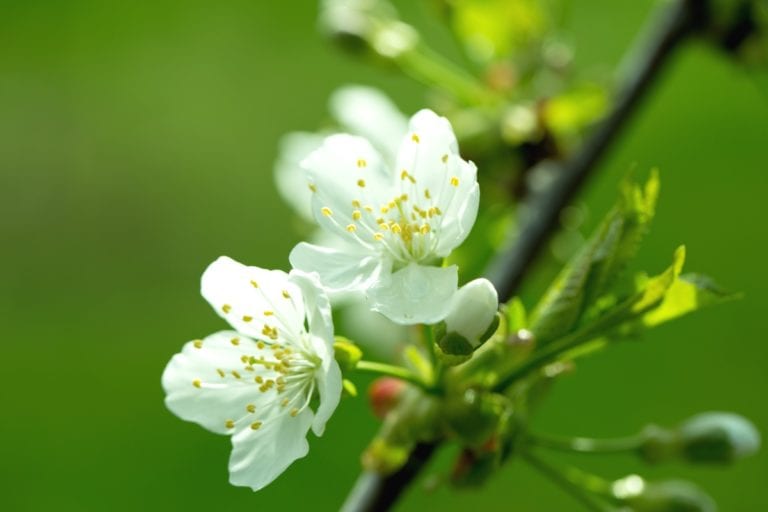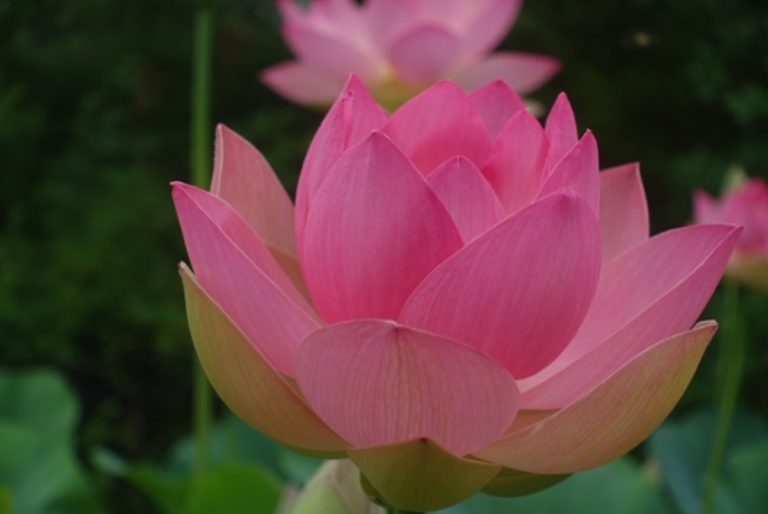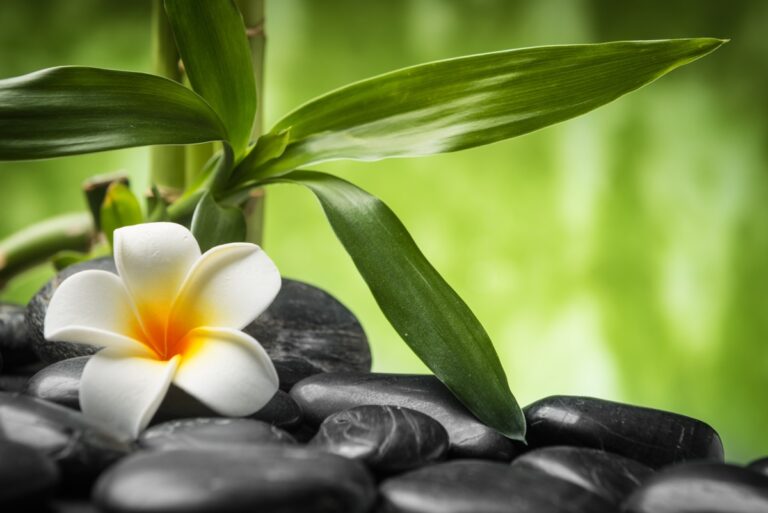Listening to an interview this morning with Krista Tippett and Trabion Shorters, the subject they explored resonated deeply with me. Shorters describes his approach as viewing people, institutions, and society within what he calls “asset framing” instead of the usual “deficit frame” we draw on to think about and perceive people who may be in need or are in a challenging situation. It reminds me of the solution-focused psychotherapy approach where we are encouraged to see what’s going right rather than focusing on what’s going wrong. It also reminds me of the way that our brain’s default mode network. It’s the part of the brain that—when nothing else is going on—drifts into daydreams, thoughts, or questions about ourselves and our world. If our fundamental beliefs are negative, this is where our default mode networks hangs out. If they are positive, that’s where our awareness will go. Fortunately, if we find ourselves mired in negative or deficit thinking, we can talk to our default mode network and create shifts toward the positive or asset frame.
Listening to the interview, I could sense how important it is to actively promote an “asset frame” as part of our fundamental assumptions about the world and about the people around us. Instead of thinking of people in terms of their poverty or lack of opportunity, we can begin with focusing on what’s going right in their lives, on what they have accomplished, what their dreams are. For me, this also touches on connecting more realistically with the fact that we all—regardless of our culture, race, socialization, gender identity, or any of the other aspects that support our diversity—want much the same things in terms of quality of life. It reminds me of the Buddhist Lovingkingness meditation where we ask that all beings be free from suffering and be happy.
For this week’s practice, I invite you to first listen to this interview if you haven’t already heard it. Here’s the link from Tippett’s On Being website: https://onbeing.org/programs/trabian-shorters-a-cognitive-skill-to-magnify-humanity/
Read More “863nd Week: Exploring “Asset Framing””






